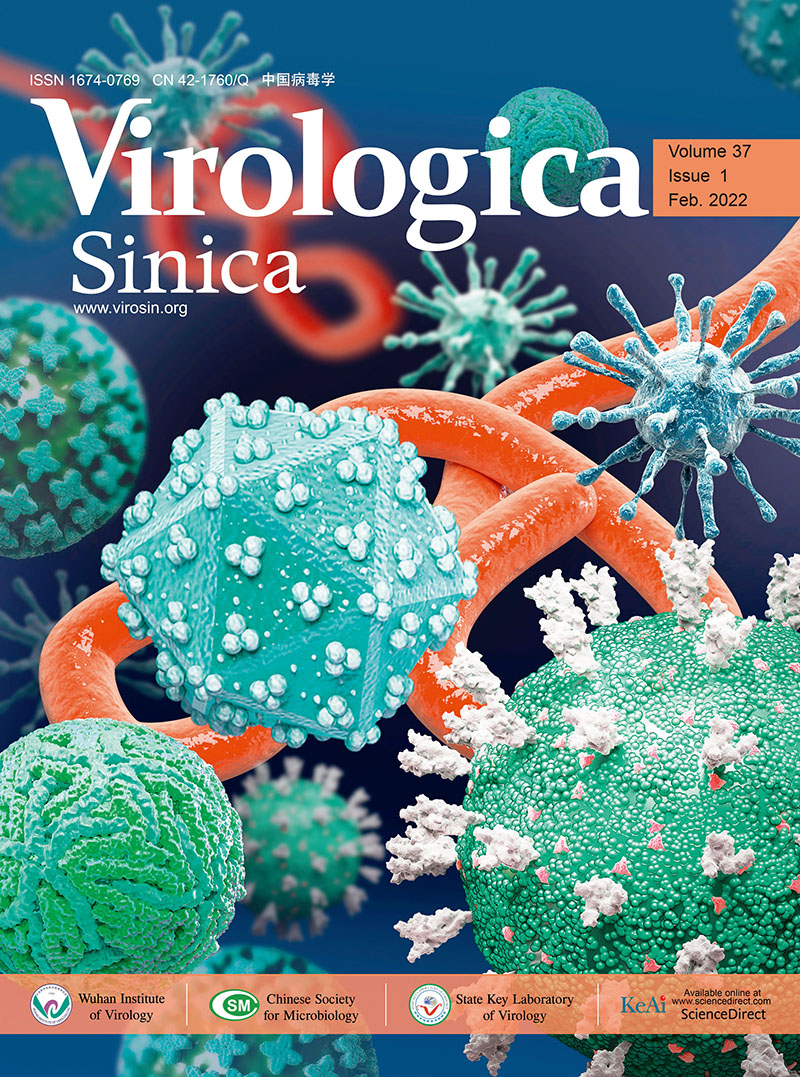-
Behrmann O, Bachmann I, Spiegel M, Schramm M, Abd El Wahed A, Dobler G, Dame G, Hufert FT (2020) Rapid detection of SARS-CoV-2 by low volume real-yime single tube reverse transcription recombinase polymerase amplification using an exo probe with an internally linked quencher (Exo-IQ). Clin Chem 66:1047-1054.
-
Corman VM, Landt O, Kaiser M, Molenkamp R, Meijer A, Chu DK, Bleicker T, Brunink S, Schneider J, Schmidt ML, Mulders DG, Haagmans BL, van der Veer B, van den Brink S, Wijsman L, Goderski G, Romette JL, Ellis J, Zambon M, Peiris M, Goossens H, Reusken C, Koopmans MP, Drosten C (2020) Detection of 2019 novel coronavirus (2019-nCoV) by real-time RT-PCR. Euro Surveill 25:2000045.
-
Hussein HA, Hassan RYA, Chino M, Febbraio F (2020) Point-of-Care diagnostics of COVID-19: from current work to future perspectives. Sensors (Basel) 20:4289.
-
Jia J, Li Y, Wu X, Zhang S, Hu Y, Li J, Jiang T, Kang X (2019) Reverse transcription recombinase polymerase amplification assays for rapid detection of tick-borne encephalitis virus infection. Virol Sin 34:338-341.
-
Li Q, Guan X, Wu P, Wang X, Zhou L, Tong Y, Ren R, Leung KSM, Lau EHY, Wong JY, Xing X, Xiang N, Wu Y, Li C, Chen Q, Li D, Liu T, Zhao J, Liu M, Tu W, Chen C, Jin L, Yang R, Wang Q, Zhou S, Wang R, Liu H, Luo Y, Liu Y, Shao G, Li H, Tao Z, Yang Y, Deng Z, Liu B, Ma Z, Zhang Y, Shi G, Lam TTY, Wu JT, Gao GF, Cowling BJ, Yang B, Leung GM, Feng Z (2020a) Early transmission dynamics in Wuhan, China, of novel coronavirus-infected pneumonia. N Engl J Med 382:1199-1207.
-
Li Y, Li J, Zhang Y, Dai L, Li L, Liu J, Zhang S, Wu X, Hu Y, Qin C, Jiang T, Kang X (2020b) Development of an automatic integrated gene detection system for novel severe acute respiratory syndrome-related coronavirus (SARS-CoV2). Emerg Microbes Infect 9:1489-1496.
-
Piepenburg O, Williams CH, Stemple DL, Armes NA (2006) DNA detection using recombination proteins. PLoS Biol 4:e204.
-
Ruhan A, Wang H, Wang W, Tan W (2020) Summary of the detection kits for SARS-CoV-2 approved by the National Medical Products Administration of China and their application for diagnosis of COVID-19. Virol Sin 35:699-712.
-
Veyer D, Kerneis S, Poulet G, Wack M, Robillard N, Taly V, L'Honneur AS, Rozenberg F, Laurent-Puig P, Belec L, Hadjadj J, Terrier B, Pere H (2020) Highly sensitive quantification of plasma SARS-CoV-2 RNA shelds light on its potential clinical value. Clin Infect Dis :ciaa1196.
-
Wang J, Liu L, Wang J, Sun X, Yuan W (2017) Recombinase polymerase amplification assay-A simple, fast and cost-effective alternative to real time PCR for specific detection of feline herpesvirus-1. PLoS One 12:e0166903.
-
Wu F, Zhao S, Yu B, Chen YM, Wang W, Song ZG, Hu Y, Tao ZW, Tian JH, Pei YY, Yuan ML, Zhang YL, Dai FH, Liu Y, Wang QM, Zheng JJ, Xu L, Holmes EC, Zhang YZ (2020a) A new coronavirus associated with human respiratory disease in China. Nature 579:265-269.
-
Wu T, Ge Y, Zhao K, Zhu X, Chen Y, Wu B, Zhu F, Zhu B, Cui L (2020b) A reverse-transcription recombinase-aided amplification assay for the rapid detection of N gene of severe acute respiratory syndrome coronavirus 2(SARS-CoV-2). Virology 549:1-4. .
-
Xu L, Liang W, Yang X, Wen Y, Li L, Yang Z, Li Y, Deng M, Lu Q, Ding M, Ren S, Sun J, Zuo X, Wang L, Cao C, Hu J, Liu G, Fa C (2020) SARS-CoV-2 RNA reference materials. Chin Sci Bull 65: 2623-2370.
-
Zhu N, Zhang D, Wang W, Li X, Yang B, Song J, Zhao X, Huang B, Shi W, Lu R, Niu P, Zhan F, Ma X, Wang D, Xu W, Wu G, Gao GF, Tan W; China Novel Coronavirus Investigating and Research Team (2020) A novel coronavirus from patients with pneumonia in China, 2019. N Engl J Med 382:727-733















 DownLoad:
DownLoad: